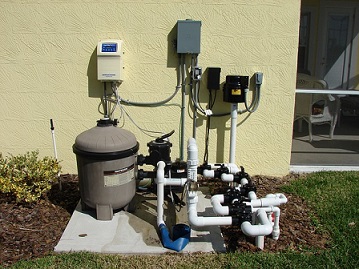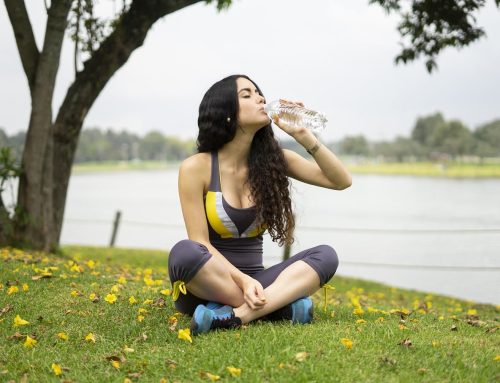 We are in trouble as far as water resources go; there is only so much water on the earth, and due to pollution, global warming, climate change and a burgeoning population, more and more areas are experiencing water shortages or water scarcity.
We are in trouble as far as water resources go; there is only so much water on the earth, and due to pollution, global warming, climate change and a burgeoning population, more and more areas are experiencing water shortages or water scarcity.
Due to this, many individuals and organisations are attempting to find a way to ensure that there is more available water for everyone. In so doing, they are not only looking to saving water or recycling water, but to various other methods of obtaining fresh and potable water.
The Three Pillars of Future Water Systems
Recently a host of new technologies have come to the forefront of water supply, including desalination, wastewater recycling, and capturing rainwater, according to David Sedlak, a University of California-Berkeley professor of civil and environmental engineering.
1. Desalination
Desalination itself may not be that new, and great strides have been made in turning saltwater into fresh water in various countries, but a whole host of new technologies are currently being developed that not only improve the desalination process but are opening up new frontiers for the reuse of anything from agricultural water to industrial effluent.
Various methods of desalination are being used, from dredging to a new process called forward osmosis, in which molecules are pulled across a membrane, leaving the salt and impurities behind, after which heat is applied, separating the solution, allowing clean water to be siphoned off. The technology runs on renewable power and uses less than a quarter of the electricity required for standard desalination.
2. Wastewater Recycling
Wastewater recycling is something that everyone can help with; it can be as simple as ensuring that you do not just let your bathwater or dishwashing water, food preparation water etc. run down the drain; rather recycle it into watering the garden.
On a larger scale, wastewater recycling is something that many countries are looking to in order to address water shortages and water scarcity. Wastewater recycling begins with conventional cleaning treatment after which comes microfiltration; water flows through a series of tubes containing filters with microscopic pores, each of which is 500 times smaller than the thickness of a human hair, resulting in even the smallest solids being filtered out. This is then followed by reverse osmosis; extremely high pressure is used to force water through a plastic membrane with pores so small that all contaminants are reliably removed.
3. Capturing Rainwater
Capturing Rainwater, otherwise known as rainwater harvesting, is accumulating rainwater for reuse on-site instead of allowing it to run off. This water can be reused for watering the garden, water for irrigation, watering livestock, water for domestic use (with proper treatment), and many other uses.
Rainwater harvesting can also be done via growing fresh water flooded forests, utilising locally available rainwater to meet local water requirements throughout the year without the need for massive capital expenditure.
Get a free water cooler site assessment and free water cooler trial from Living-Water. Get a cheap water cooler and water cooler accessories for your office.





